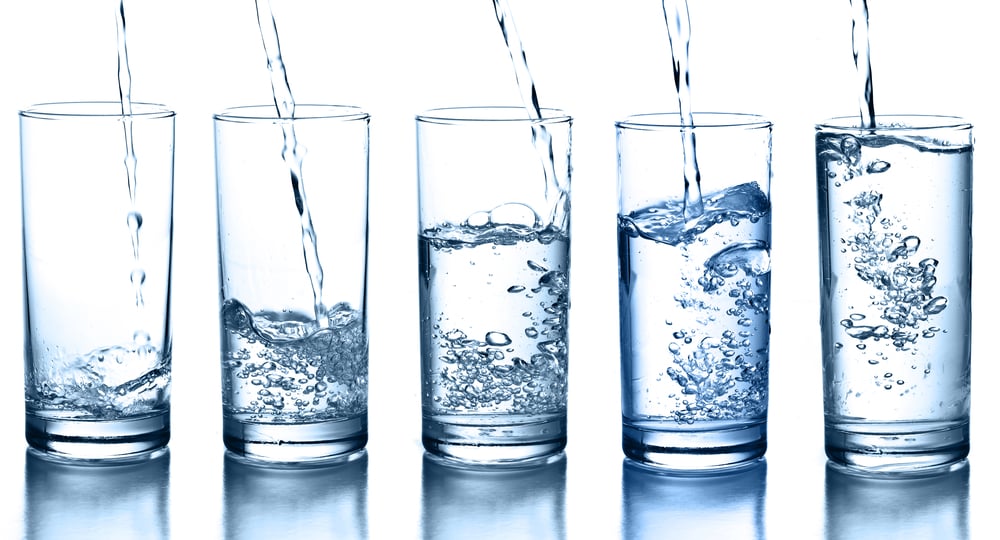Whole House Water Filter Systems for Chlorine and Chloramines, Part I


Hello again, readers!
This week we want to devote the Clean Well Water Report to discussing whole house chlorine and chloramine filtration systems. These systems are particularly useful if you are on city water, as chlorine has long been, and still is, the pre-eminent disinfection method used in municipal systems.
There are three primary chlorine/chloramine removal methods we want to discuss this week, and we'll be dedicating one blog post to each. Today we want to talk about perhaps the most common household chlorine removal method: the backwashing carbon filter.


A backwashing carbon filter at the end of your line is crucial if you want to remove chlorine from your water, and can be especially useful if you are also looking to filter sediment, rust, and odor.
The carbon media inside the filter will remove the chlorine from your water, along with any unwanted tastes and smells that it may bring, while sediment and rust will be trapped and then flushed during the filter's backwash cycle.
In a downflow backwashing filter, water normally flows through the top of the tank, down through the media, and back up the distributor tube; during the backwash cycle, however, the flow of water is reversed, and water flows down the distributor tube and up through the media to lift, expand, and clean it.
Because this backwash cycle can be programmed to run automatically after a certain amount of gallons of water used or days elapsed, carbon backwash filters require very little maintenance: about all you'll have to do is remember to change the filter media inside every few years.
If you are just removing chlorine, a coconut-shell-based carbon media will work wonders (and effectively remove other odors, as well). However, if you are looking to remove both chlorine and chloramines (formed when chlorine and ammonia mix) you would be better served with an upflow (non-backwashing) carbon filter containing AquaSorb media.
Such a filter would function similarly to the backwashing carbon filter, except that it will not backwash itself, meaning you'll have to put a bit more effort into maintaining the system.
We'll discuss a bit more upflow carbon filters later this week, but for now, we want to leave you with some more info about auto-backwashing carbon filters:
You can view our selection of carbon backwash filters here, read our carbon filtration FAQ here, and check out our Water Problems pages for more info about chlorine and other chemicals.
And remember we are always available to assist with any water or water treatment troubles you may have: just e-mail us at support@cleanwaterstore.com, drop us a line on Facebook, or use our online contact form to get professional, personalized help within 24 hours.
Thanks for reading! Look out for parts II and III of our series on chlorine and chloramine filtration later this week!
Recent Posts
Water Quality for Horses and Livestock: A Guide to Healthier Barns and Pastures
Clean water is the cornerstone of animal health and productivity. Whether you're raising horses, cattle,…
Clean Drinking Water for Cats: What Every Cat Owner Should Know
Why Clean Drinking Water Matters for Cats Hydration is critical to a cat’s overall health,…
Pet Hydration: What to Know About Water Safety
Clean Drinking Water for Dogs: What Every Dog Owner Should Know Clean drinking water is…
How to Ensure Fresh, Safe Water for Your Birds: Daily Care Tips for Bird Owners
Why Filtered Water for Birds Is Essential for Their Health Like food, clean drinking water…
U.S. Water Problems by Region: Common Contaminants & Solutions
Curious about U.S. water problems by region? Water quality isn’t just a national issue—it’s a…
Wildfire Water Contamination: How to Ensure Safe Water After a Fire
Wildfire Water Contamination: What You Need to Know After the Fires Drinking water contamination is…


